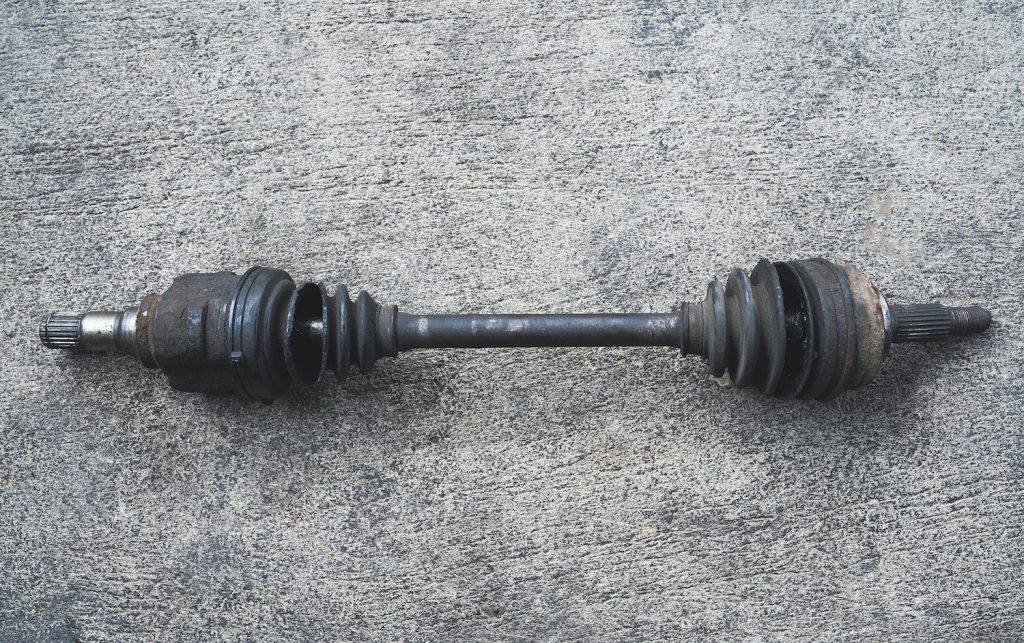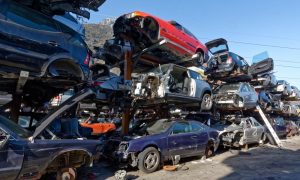
A test drive reveals hidden CV joint problems effectively. Mechanics evaluate noise vibration and response during specific maneuvers carefully. Outer and inner joints exhibit distinct symptoms under load consistently. Observing the vehicle under stress allows precise diagnosis reliably. Healthy joints transfer torque smoothly and absorb suspension movement predictably. Detecting early failure prevents complete joint breakdown unexpectedly. Proper test drives complement visual inspections for accurate assessment thoroughly. Identifying problems during driving reduces repair costs and increases safety significantly. Test drives provide essential data about joint integrity and function clearly.
Acceleration Checks
Gradual acceleration by Diesel Repair in Hillsboro, OR helps reveal inner joint vibration and shudder reliably. Mechanics apply moderate power while monitoring steering and pedal response carefully. Sudden shudder or vibration may indicate axial bearing wear consistently. Healthy joints accelerate smoothly without producing unusual feedback to the driver. Ignoring minor vibration can lead to progressive damage and failure. Proper acceleration tests detect early internal wear before complete breakdown. Observing torque transfer under load confirms inner joint health effectively. Consistent vibration during acceleration is a strong indicator of CV joint wear. Mechanics note subtle changes during acceleration to plan necessary repairs.
Turning Maneuvers
Turning corners reveals outer joint clicking and popping noises repeatedly. Mechanics steer sharply while listening for audible symptoms carefully. Clicking intensity increases with steering angle and vehicle speed consistently. Healthy outer joints rotate freely without producing irregular sounds reliably. Ignoring clicking can result in sudden outer joint failure unexpectedly. Observing joint behavior during turns isolates location of wear accurately. Proper diagnosis ensures only the affected joint requires replacement efficiently. Replacing worn outer joints restores smooth steering and eliminates noise reliably. Test drive turning maneuvers highlight early signs of impending joint failure.
Braking Observation
Deceleration may expose subtle joint looseness or axial play gradually. Mechanics apply gentle braking while observing steering feel and vibrations carefully. Shuddering or clunking can indicate wear in inner or outer joints consistently. Healthy joints absorb braking forces without transmitting unusual feedback to driver reliably. Ignoring braking symptoms increases stress on transmission and wheel bearings unexpectedly. Proper braking observation confirms component integrity and prevents secondary damage efficiently. Observing deceleration during a test drive complements acceleration and turning checks. Braking under controlled conditions provides additional diagnostic clues about CV joint health. Detecting problems during deceleration ensures comprehensive evaluation of driveline.
Conclusion
Test drives reveal both inner and outer CV joint issues. Acceleration turning load steering and braking uncover subtle symptoms reliably. Early detection prevents total joint failure and sudden immobilization. Replacing only the affected joint restores smooth torque transfer efficiently. Healthy joints maintain driveline stability, absorb stress, and reduce noise continuously. Observing under load differentiates between minor wear and severe damage effectively. Test drives combined with visual inspection provide complete joint evaluation thoroughly. Proper diagnostic drives ensure safe driving and long-term driveline reliability. Timely intervention extends CV joint life and maintains vehicle performance predictably.





